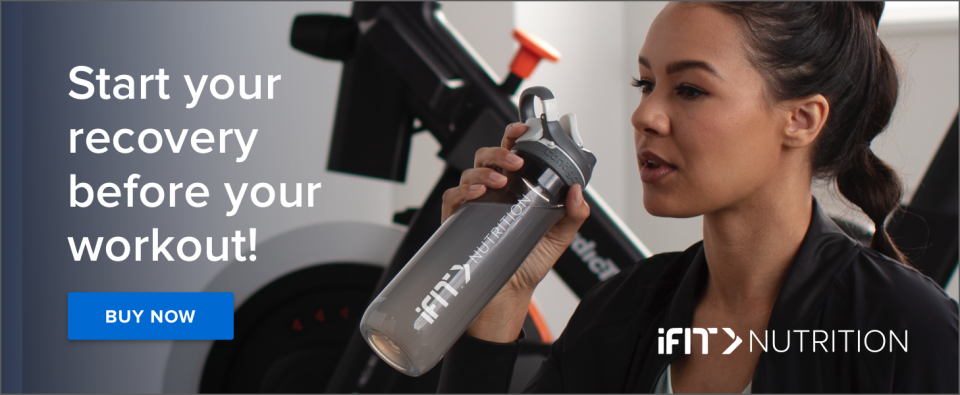
Time is a precious resource, and for many, there never seems to be enough of it. This leads to the question: “Is it possible to skip stretching and focus solely on the workout?” The assumption may be that the foundation of any fitness routine is the workout itself. However, when looking at what stretching offers, it becomes clear that its benefits are valuable and worth the investment. Here are just a few:
Increased energy levels
Feeling sluggish? When our muscles are still for too long, blood can pool, making us feel heavy and fatigued. Stretching can increase the nutrients that your muscles and brain receive. So if you’re feeling too tired to start your workout, or if you’re hitting an afternoon crash, stretching helps boost your energy, so you can push through.
Circulation
Proper circulation helps keep your muscles at peak performance. Anything where you can increase the blood flow to your muscles will increase oxygen and help flush out muscle waste products like lactic acid. Stretching after a workout will help bring your muscles the needed nutrients to help them repair, so you’ll be less sore and more ready for your next workout.
Pain relief
Muscle pain can be caused by tension or stiffness from insufficient blood flow. Our body overcompensates for injury by stiffening, resulting in poor blood flow. Poor circulation may cause the tissues to harden, further decreasing the circulation. Stretching increases circulation and blood flow, which not only helps with pain but also starts the healing process.
Stress relief
Stretching is for both the body and mind. Treat stretching as a time when you can focus on your body and your breathing. Stress can increase your perception of pain. However, taking a moment to relax can increase your body’s healing capabilities and promote well-being.
Improved posture
Our bodies are made to function at their best when everything is symmetrical. Often, poor posture can lead to poor skeletal problems and back pain. Stretching consistently can help reverse some of the skeletal problems and increase circulation by helping realign the spine and improving your overall posture. When performing a stretch, your goal is equality. Both sides should be able to stretch the same. If one side is more tight, you may need to stretch on that side more often to loosen things up.
Increased range of motion
Flexibility and full joint range have been associated with an increased level of performance. Stretching before a workout prepares your tendons, joints, and muscles for the work ahead. This helps the joints to move through a full range of motion, so that you‘ll be able to move at full capacity, decreasing your chance of injuries during your workout.
Not all stretches are created equal
There is a right and wrong way to stretch. Dynamic stretches (or stretches that move the body through a functional range of motion) are best performed before a workout. These stretches should mimic the movements that you’re going to perform during your workout and should be light, gentle, and rhythmic. A general rule of thumb is to begin your warm-up with 5-10 minutes of cardiovascular activity (such as walking or cycling) to warm up your muscles before you begin to stretch. Once the muscles are warm, they become more elastic.
Static stretches (or stretches that hold a position for 10-30 seconds) are best performed post-workout. Just like dynamic stretches, these are best performed after 5-10 minutes of low-intensity cardiovascular activity to return the body to its normal state.
Make sure you’re performing each position or movement properly. A stretch may make you slightly uncomfortable, but it should never cause you pain. Prepare properly for any workout by planning ahead of time which stretches will benefit you the most for your type of exercise. Stretching may take a few extra minutes of your time, but the benefits are well worth it!
ACSM | Articles. (n.d.). Retrieved October 28, 2016, from https://www.acsm.org/public-information/articles/2012/01/10/basic-injury-prevention-concepts
ACSM | Articles. (n.d.). Retrieved October 28, 2016, from https://www.acsm.org/public-information/articles/2016/10/07/improving-your-flexibility-and-balance
: This post is not intended to replace the advice of a medical professional. The above information should not be used to diagnose, treat, or prevent any disease or medical condition. Please consult your doctor before making any changes to your diet, sleep methods, daily activity, or fitness routine. iFit assumes no responsibility for any personal injury or damage sustained by any recommendations, opinions, or advice given in this article.



